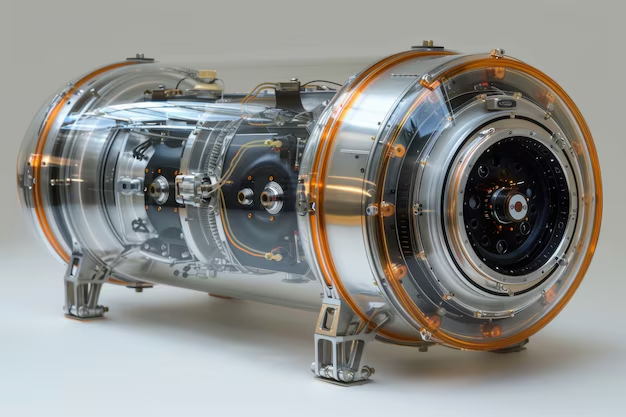D4 atf r33 gtr transfer case

D4 ATF for R33 GTR Transfer Case: Everything You Need to Know
The Nissan R33 Skyline GTR, a legendary vehicle for car enthusiasts, is a powerful machine that demands top-notch maintenance. A critical part of this upkeep involves selecting the right transmission fluids, especially for the transfer case, which plays a crucial role in AWD systems. One recommended fluid for the R33 GTR’s transfer case is D4 Automatic Transmission Fluid (ATF), which offers unique properties suited for high-performance vehicles. In this article, we’ll explore everything you need to know about using D4 ATF for your R33 GTR transfer case.
1. Understanding the Transfer Case in the R33 GTR
The transfer case in an all-wheel-drive (AWD) vehicle, like the R33 GTR, distributes power between the front and rear wheels. In the R33 GTR, this part of the drivetrain works in tandem with the ATESSA-ETS (Advanced Total Traction Engineering System for All-Terrain Electronic Torque Split), allowing for the legendary traction and handling associated with Nissan’s GTR lineup. The transfer case requires a robust, efficient fluid to operate smoothly, making the choice of ATF critical.
2. What is D4 ATF?
D4 Automatic Transmission Fluid (ATF) is a synthetic fluid commonly used for high-performance and automatic transmissions. Manufactured by several brands, D4 ATF is formulated to handle the extreme conditions of high-torque engines and systems like those in the R33 GTR. Some unique characteristics of D4 ATF include:
- Thermal Stability: Resists high temperatures and prevents breakdown.
- Smooth Shifting: Provides better shift feel and response, especially beneficial in high-performance settings.
- Long-Lasting Performance: Minimizes the need for frequent changes due to its durable formula.
3. Why D4 ATF for the R33 GTR Transfer Case?
Using D4 ATF in the R33 GTR’s transfer case ensures better handling, smoother power distribution, and optimal performance under extreme conditions. Here’s why it’s often recommended for the R33 GTR:
- Better Compatibility with the ATESSA-ETS System: Since ATESSA-ETS controls torque between the front and rear wheels, D4 ATF’s consistent viscosity enhances system responsiveness.
- Reduced Wear and Tear: D4 ATF minimizes friction and thus reduces wear on the transfer case, extending the life of this critical component.
- Improved Performance Under Load: Ideal for aggressive driving or track use, D4 ATF performs consistently, maintaining the GTR’s iconic handling dynamics.
4. Advantages of Using D4 ATF in High-Performance Cars
- Enhanced Lubrication: Synthetic fluids like D4 ATF offer superior lubrication properties.
- Minimized Transmission Shudder: D4 ATF reduces shuddering in high-stress driving, contributing to smoother operation.
- Temperature Resilience: Even in high-stress environments, D4 ATF maintains viscosity and doesn’t degrade quickly, helping your vehicle’s systems operate efficiently.
5. How to Check and Change the Transfer Case Fluid
Maintaining the transfer case fluid in your R33 GTR is essential for long-term performance. Here’s a quick guide:
- Locate the Transfer Case: This is typically found near the center differential.
- Drain the Old Fluid: Unscrew the drain plug, allowing the old fluid to drain completely.
- Refill with D4 ATF: Once fully drained, refill the case with D4 ATF according to manufacturer recommendations. Be sure to avoid overfilling.
- Check Fluid Levels: After filling, check levels regularly, especially after aggressive driving sessions.
6. Potential Drawbacks of Using D4 ATF
While D4 ATF is excellent for many applications, it’s worth noting that:
- Cost: Synthetic ATF fluids like D4 can be pricier than regular ATF.
- Availability: D4 ATF is often a specialty item, so it may not be as readily available as other transmission fluids.
7. Signs It’s Time to Replace Your Transfer Case Fluid
It’s vital to monitor the health of your transfer case fluid to avoid damaging your R33 GTR’s drivetrain. Signs that it may be time for a replacement include:
- Increased Noise: If you notice a whirring or grinding noise, it could be due to worn-out transfer case fluid.
- Difficulty in Shifting: Hard shifting or an inconsistent feel may signal the need for fresh ATF.
- Dark or Burnt-Smelling Fluid: Fresh D4 ATF is typically a bright red color, so if it appears dark or has a burnt smell, it’s time for a change.
8. Frequently Asked Questions (FAQs)
Q: How often should I change the D4 ATF in my R33 GTR transfer case?
A: Regularly scheduled changes are essential for maintaining your transfer case. Typically, every 20,000 to 30,000 miles is recommended, but check your manual for the best intervals.
Q: Can I use any ATF in my transfer case?
A: It’s best to use a high-quality synthetic ATF like D4 ATF for the R33 GTR, as it offers superior performance and is more suited to high-torque, high-stress environments.
Q: Is it difficult to replace the fluid myself?
A: Replacing the transfer case fluid is relatively straightforward, but make sure to follow manufacturer guidelines. If you’re unsure, a mechanic can assist.
9. Tips for Extending the Life of Your Transfer Case
- Stick to a Maintenance Schedule: Regularly check and replace fluids as recommended.
- Drive Responsibly: Aggressive driving may increase the frequency of fluid changes.
- Use Quality Products: Always select high-grade fluids like D4 ATF to reduce wear and tear.
Final Thoughts
Maintaining your R33 GTR’s transfer case with quality fluids like D4 ATF ensures peak performance and reliability. Given the critical role the transfer case plays in the vehicle’s AWD system, it’s worth investing in a high-quality synthetic ATF to protect your GTR’s drivetrain and enhance driving dynamics. Regular maintenance and using the right fluids go a long way in keeping this iconic car running smoothly.



